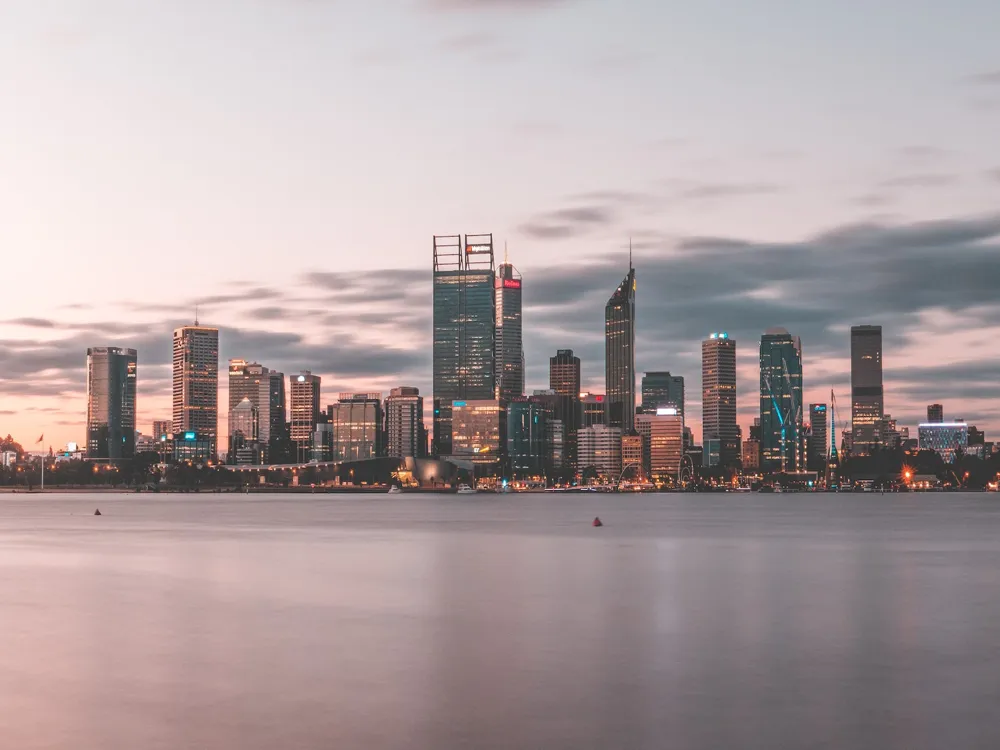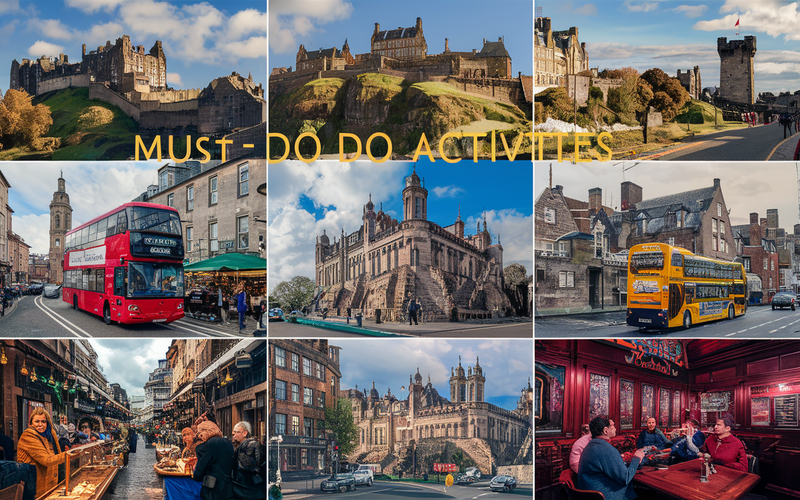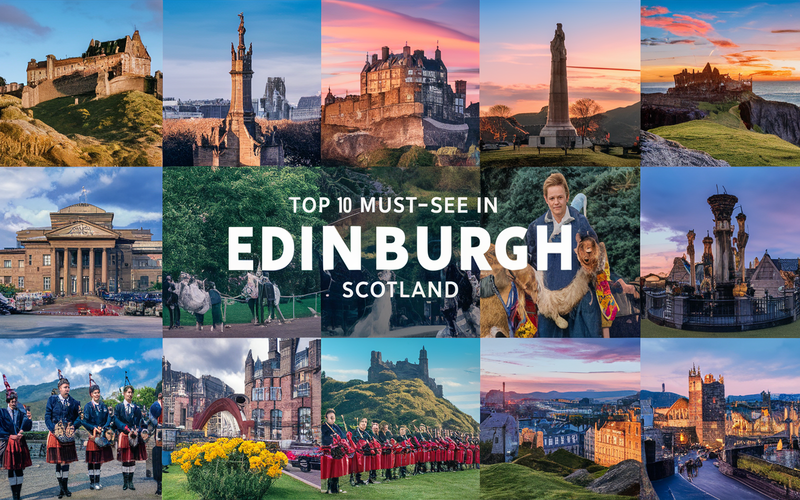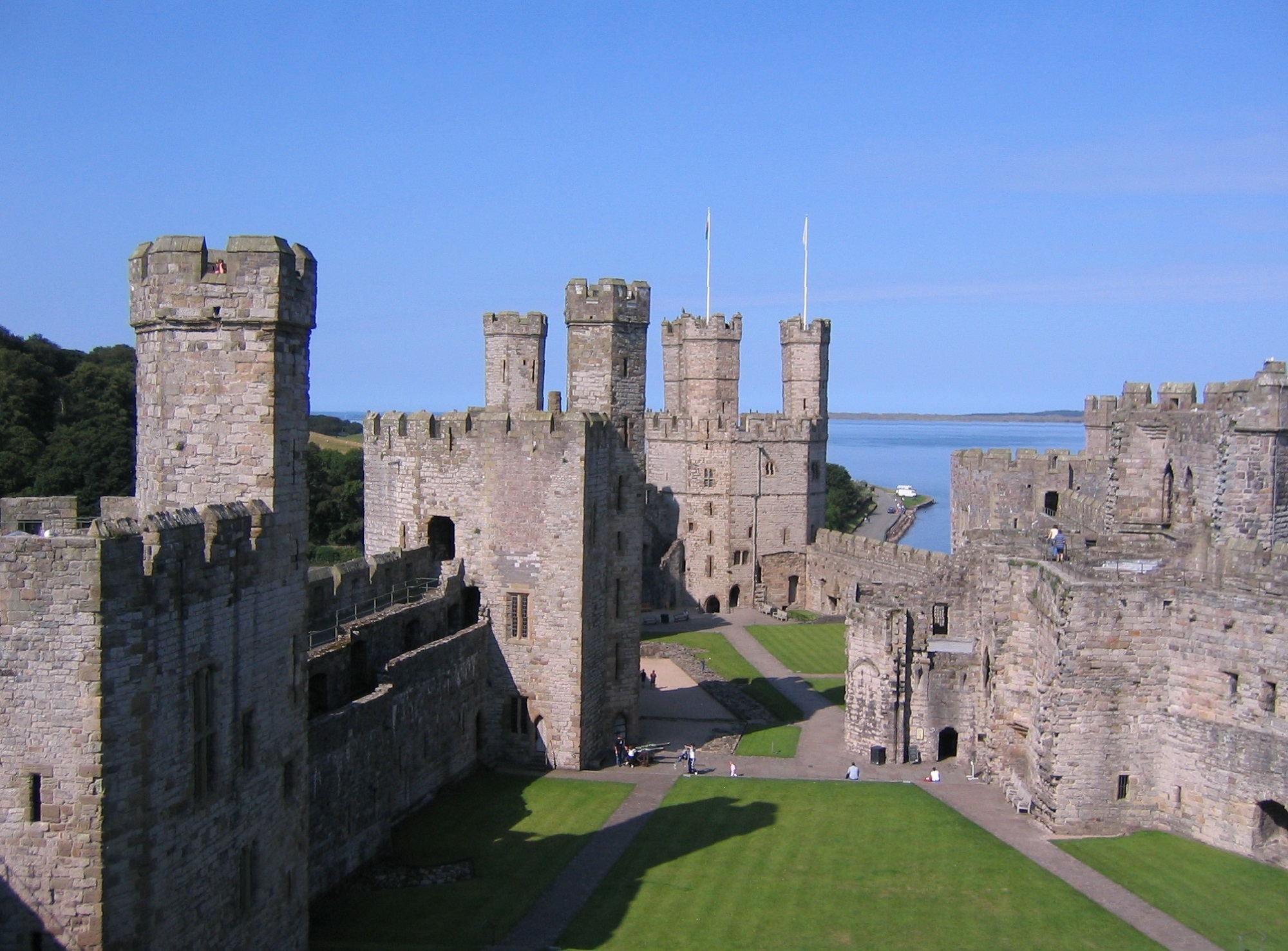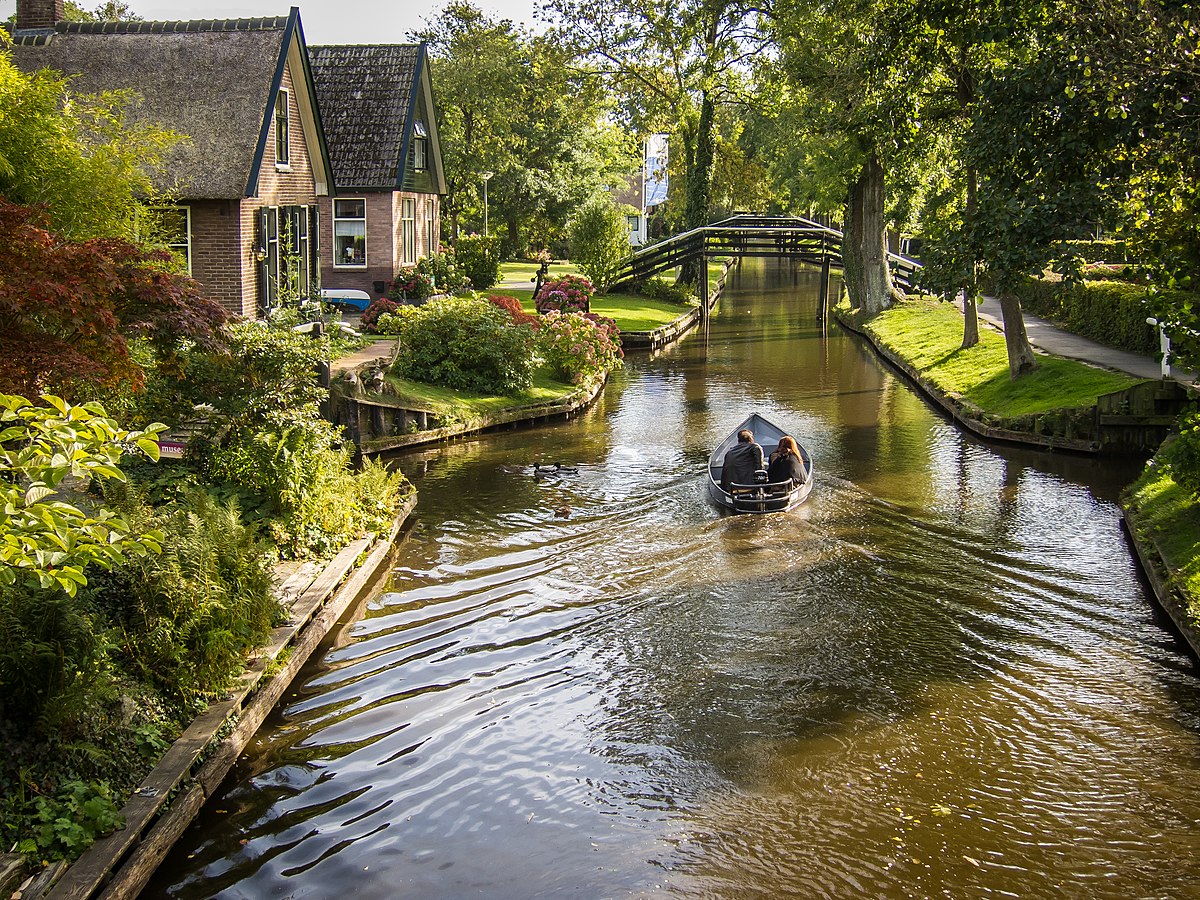Plan Your Travel To Scotland
Scotland Travel Essentials
Ideal Duration: 3 - 5 days
Currency: Pound Sterling (GBP)
Best Time: May - September Read More
Budget: Expensive
"An amalgamation of culture, nature and music"
Scotland Tourism
Scotland, a land of stunning landscapes, historic castles, and vibrant culture, is a captivating part of the United Kingdom. Edinburgh, the capital, boasts a medieval Old Town and an elegant New Town, with the iconic Edinburgh Castle perched on an ancient volcanic rock. Explore the serene beauty of Loch Ness, the dramatic Isle of Skye, and the scenic Glencoe Valley. Scotland's rugged countryside offers outdoor adventures, while its charming towns and whisky distilleries add to its allure. Savor Scottish cuisine, including haggis and shortbread. With warm hospitality and a deep cultural heritage, Scotland welcomes travelers to revel in its rich history, natural beauty, and lively traditions.
Must Know Before You Travel to Scotland
- Weather: Be prepared for unpredictable weather; pack layers and rain gear.
- Currency: Scotland uses the British Pound Sterling.
- Transport: Consider renting a car for remote areas, or use the extensive bus and train networks.
- Language: English is widely spoken, but Scottish Gaelic is also prevalent in some areas.
- Cuisine: Try haggis, Scotch whisky, and seafood.
- Historical Sites: Scotland boasts many historic castles, museums, and battlefields.
- Etiquette: Tipping is customary, and it's polite to address people with courtesy titles like "Mr." or "Mrs."
- Local Cuisine: Try traditional Scottish dishes such as haggis, neeps, and tatties. Scotland also offers a variety of seafood, including salmon and scallops.
- Time Zone: Scotland operates on Greenwich Mean Time (GMT), which is GMT+0 during standard time and GMT+1 during daylight saving time.
- Wi-Fi and Connectivity: Wi-Fi is available in hotels, restaurants, and urban areas. If you need mobile data, consider getting a local SIM card for internet access.
- Electricity: The standard voltage is 230V, and the frequency is 50Hz. The power plugs and sockets are of the Type G standard.
- Emergency Numbers: In case of emergencies, dial 999 for police, fire, or medical assistance.
Tourist Places to Visit In Scotland
Edinburgh
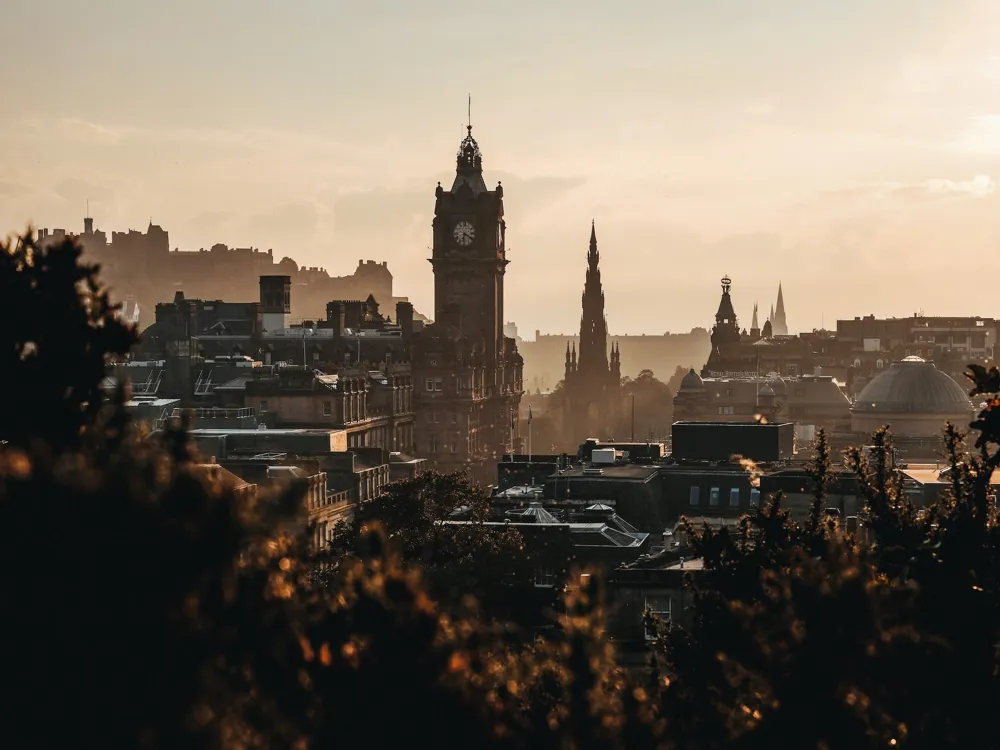
Glasgow

Scotland Travel Packages
Compare quotes from upto 3 travel agents for free
View All Packages For Scotland
More on Scotland Travel
All collections about Scotland
Best time to visit Scotland
The best time to visit Scotland is during the summer (June to August). The period from June to August is the warmest time of the year in Scotland. The (Read More)The spring (late March to May) and fall (September and October) seasons are also a beautiful time to travel to Scotland. The clear skies and extended hours of daylight are ideal for sightseeing and other tourist activities. However, there is no significant difference in the weather conditions in the spring and summer. Spring, in particular, is a splendid time to visit the Highlands. However, travellers planning to visit the Highland regions between May and September are advised to find out in advance about the intensity of midges in their areas of visit. Autumn is a relatively popular season for travel owing to the Highland Games. October is also the perfect month to consider if you wish to spot the beautiful autumn foliage. Towards the end of October, lots of public places and sites begin to shut down due to the snowy winter conditions. The cold conditions continue until the end of February, making this period a little tricky to travel in. The public places and businesses become completely operational by mid-March. The first half of November, in particular, is a splendid time to experience Scotland's beautiful autumn foliage. The weather conditions are incredibly pleasant during these months. From mid-October onwards, lots of public places and sites close due to the snowy winter conditions. The cold conditions continue until the end of February, making this period a little tricky to travel in. The spring (late March to May) and fall (September and October) seasons are also a beautiful time to travel to Scotland.
Top Stories about Scotland Tourism
Read More on Scotland Travel
Exchanging money in Scotland:
When visiting Scotland, it's essential to know about currency exchange. The official currency is the British Pound (GBP). Exchange services are widely available at airports, banks, and currency exchange offices. While credit and debit cards are commonly accepted, it's wise to carry some cash, especially in remote areas. ATMs are easily accessible, but fees may apply, so it's a good idea to withdraw larger amounts to minimize charges. Be aware that Scottish banks issue their banknotes, which are legal tender throughout the UK. Checking exchange rates in advance can help you get the best value for your money.
Nightlife in Scotland:
Scotland's nightlife offers a vibrant and diverse experience. In cities like Edinburgh and Glasgow, you'll find a multitude of bars, clubs, and live music venues that cater to all tastes. Traditional Scottish pubs, known as "pubs" or "saloons," are perfect for savoring local whisky and enjoying a cozy atmosphere. Many cities also have late-night venues for dancing and live performances. The weekends are particularly lively, with themed nights and DJ sets. Scotland's night scene has something for everyone, from traditional ceilidh dances to contemporary clubbing. Just remember to drink responsibly and be mindful of local customs.
Shopping in Scotland:
Scotland is a shopping haven, with a mix of high-end boutiques, department stores, and charming local shops. Cities like Edinburgh and Glasgow boast bustling shopping streets, like Princes Street and Buchanan Street, offering a range of fashion, jewelry, and souvenirs. For authentic Scottish goods, explore specialty stores selling tartan products, Harris Tweed, and whisky. Don't miss the vibrant street markets, where you can discover handmade crafts, antiques, and fresh local produce. Scotland's shopping culture is diverse, so whether you're looking for luxury brands or unique artisanal items, you'll find plenty to satisfy your retail desires.
Festivals in Scotland:
Scotland is renowned for its dynamic festival scene. The Edinburgh Festival Fringe, the world's largest arts festival, is a highlight, featuring thousands of performances across various art forms. The Royal Edinburgh Military Tattoo offers a spectacular display of music and pageantry against the backdrop of Edinburgh Castle. Other festivals include the Edinburgh International Festival, Celtic Connections in Glasgow, and the Highland Games held throughout the country. These events celebrate Scottish culture, music, and tradition, drawing locals and visitors alike. Embrace the festive spirit and immerse yourself in the rich cultural tapestry of Scotland's annual celebrations.
Hygiene in Scotland:
Scotland maintains high standards of hygiene and cleanliness. Tap water is safe to drink, and restaurants and food vendors adhere to strict health regulations. Public restrooms are generally well-maintained and readily available in cities and towns. It's important to follow common hygiene practices, such as handwashing, to prevent illness. In the countryside, be mindful of wildlife and follow Leave No Trace principles to preserve the natural beauty. Scotland is known for its pristine landscapes, and responsible tourism helps maintain its cleanliness. Overall, maintaining personal hygiene and respecting the environment are essential for a pleasant visit.
- Tips for visiting Scotland:
When visiting Scotland, consider the following tips for a rewarding experience:. Pack for changeable weather, as rain is frequent, and layers are key.
Respect local customs and be mindful of Scottish traditions, such as ceilidh dancing. Learn a few phrases in Scots Gaelic or Scots English to connect with the friendly locals.
Explore the stunning landscapes, from the Highlands to the Isles, and immerse yourself in the rich history by visiting castles and historical sites. - Enjoy traditional Scottish cuisine, like haggis, neeps, and tatties. Finally, prioritize safety and follow any local guidelines, ensuring a memorable and respectful stay.
Foods of Scotland:
Scottish cuisine is a delightful mix of hearty and flavorsome dishes. Haggis, a savory pudding of minced sheep's heart, liver, and lungs, is a national favorite. Pair it with "neeps and tatties" (mashed turnips and potatoes) and a whisky sauce. Fish plays a significant role in dishes like Cullen skink (smoked fish soup) and fish and chips. Don't miss out on the famous Scottish salmon and fresh seafood. For dessert, try cranachan (whipped cream, honey, raspberries, and oats) or shortbread biscuits. Whisky aficionados can explore the many distilleries and savor the diverse range of Scotch whiskies, making Scotland a gastronomic delight.
Photos of Scotland
All Country Photos Scotland
Popular Questions And Answers on Scotland
What is Scotland known for?
Scotland is known for its rich cultural heritage, stunning landscapes, historic castles, kilts, bagpipes, and the Loch Ness Monster myth.
What is the capital city of Scotland?
The capital city of Scotland is Edinburgh. It is renowned for its historic and architectural landmarks, including the Edinburgh Castle and the Royal Mile.
What is the national dish of Scotland?
The national dish of Scotland is haggis, a savory pudding made from sheep's offal, oatmeal, and spices, traditionally encased in a sheep's stomach.
What is the official language of Scotland?
The official languages of Scotland are English and Scottish Gaelic. English is widely spoken, while Scottish Gaelic is primarily spoken in some rural areas and among specific communities.
What are some famous Scottish festivals?
Scotland is renowned for its festivals, including the Edinburgh Festival Fringe, the Royal Edinburgh Military Tattoo, and the Hogmanay (New Year's Eve) celebrations.
What is the significance of kilts in Scottish culture?
Kilts are traditional Scottish garments typically worn by men. They hold cultural and historical significance and are often associated with Scottish heritage and pride.
Is Scotland part of the United Kingdom?
Yes, Scotland is one of the four constituent countries of the United Kingdom, along with England, Wales, and Northern Ireland.
What are the Scottish Highlands famous for?
The Scottish Highlands are known for their rugged and picturesque landscapes, including mountains, lochs (lakes), and glens (valleys). They are also associated with Scottish clans and a sense of wilderness.
What is the Loch Ness Monster?
The Loch Ness Monster, often referred to as
What is the traditional music of Scotland called?
The traditional music of Scotland is often referred to as Scottish folk music. It includes instruments like bagpipes, fiddles, and the accordion, and is an integral part of Scottish cultural heritage.


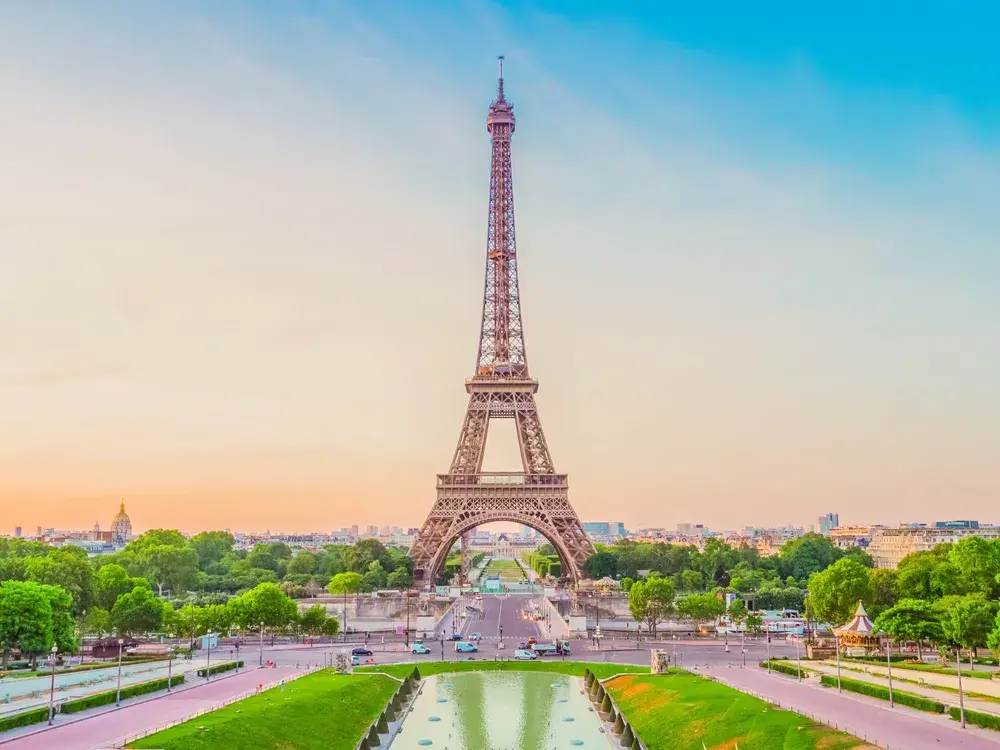
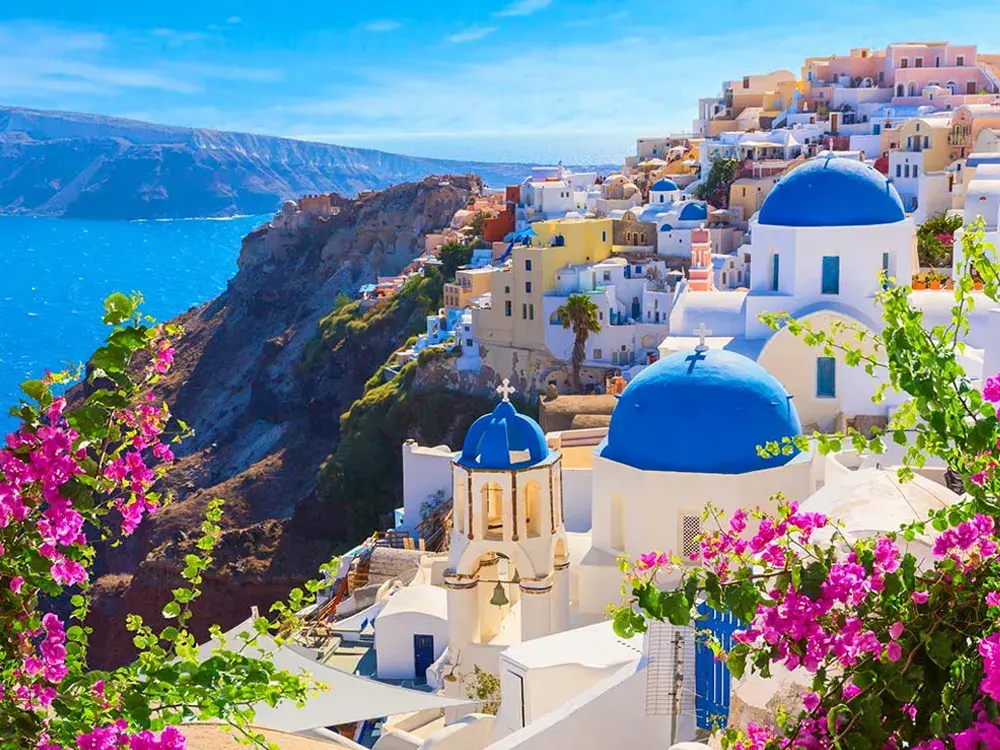

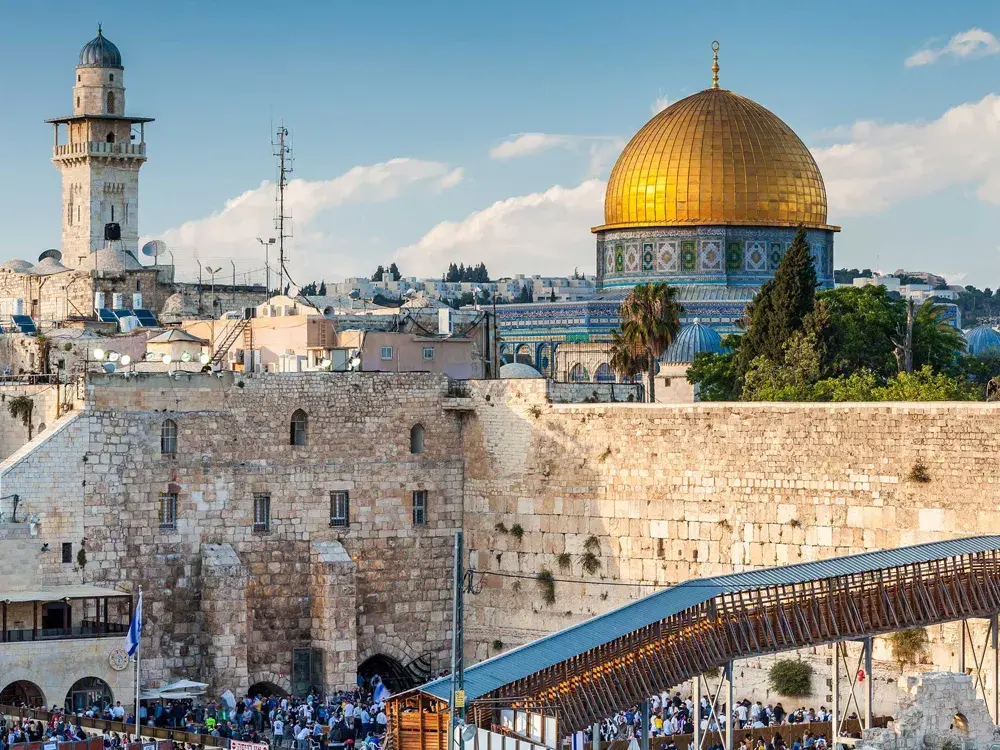
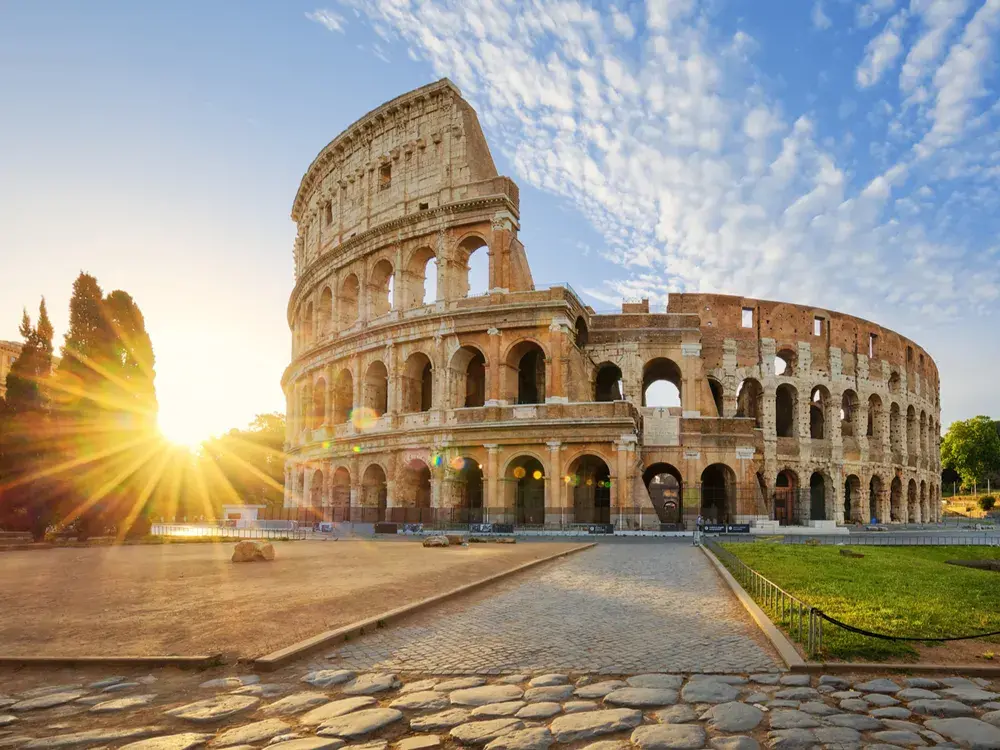

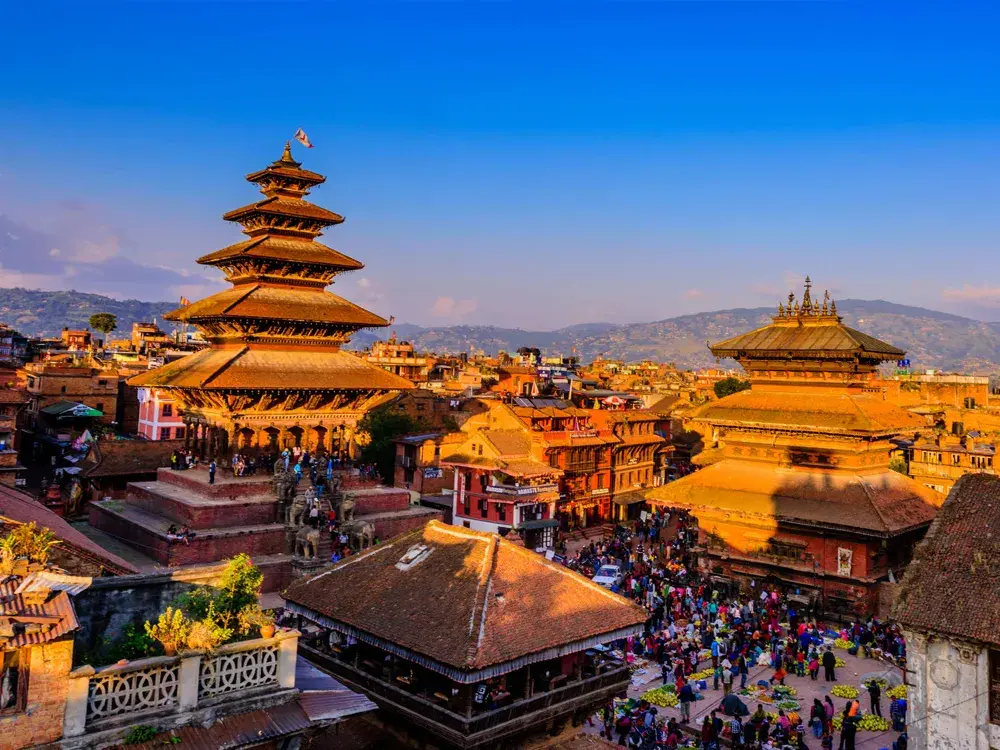
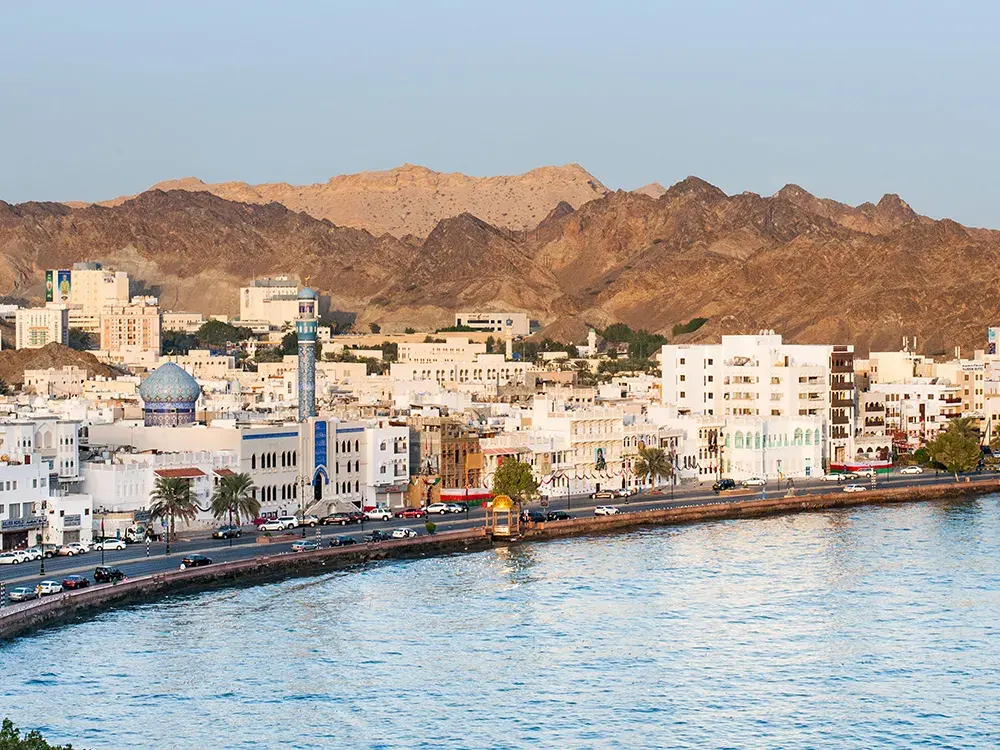

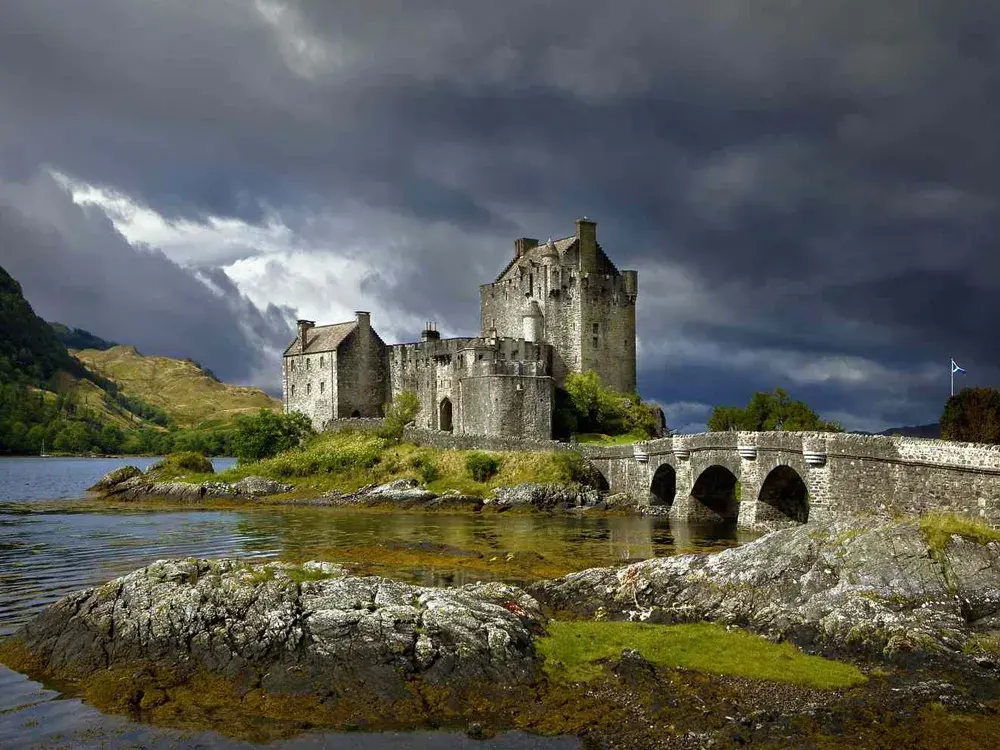

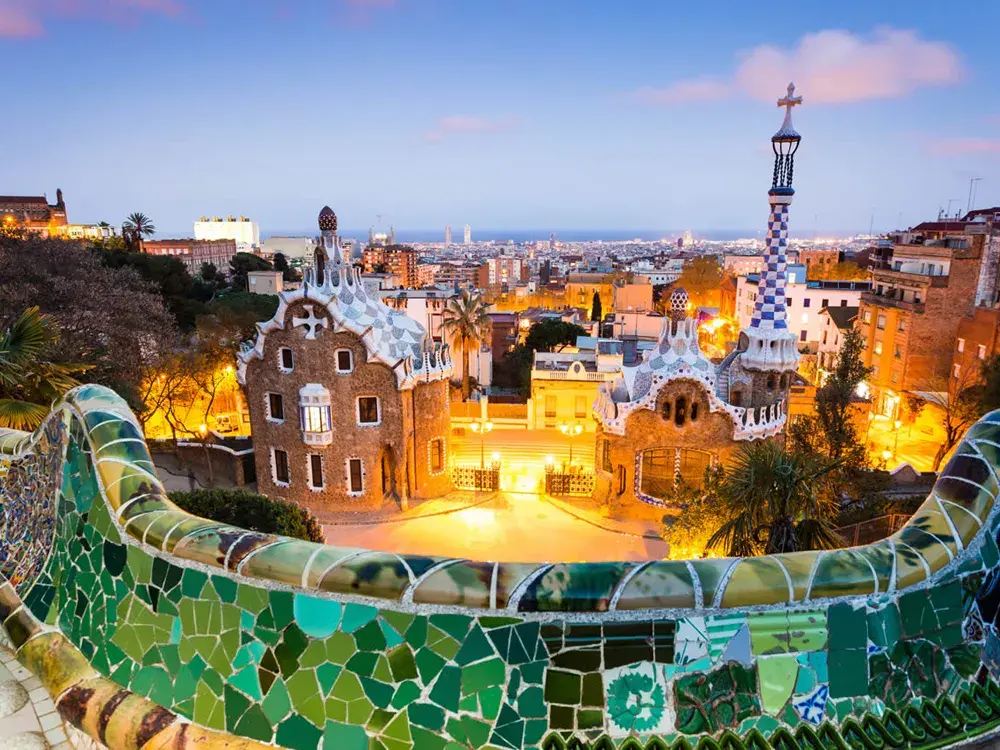


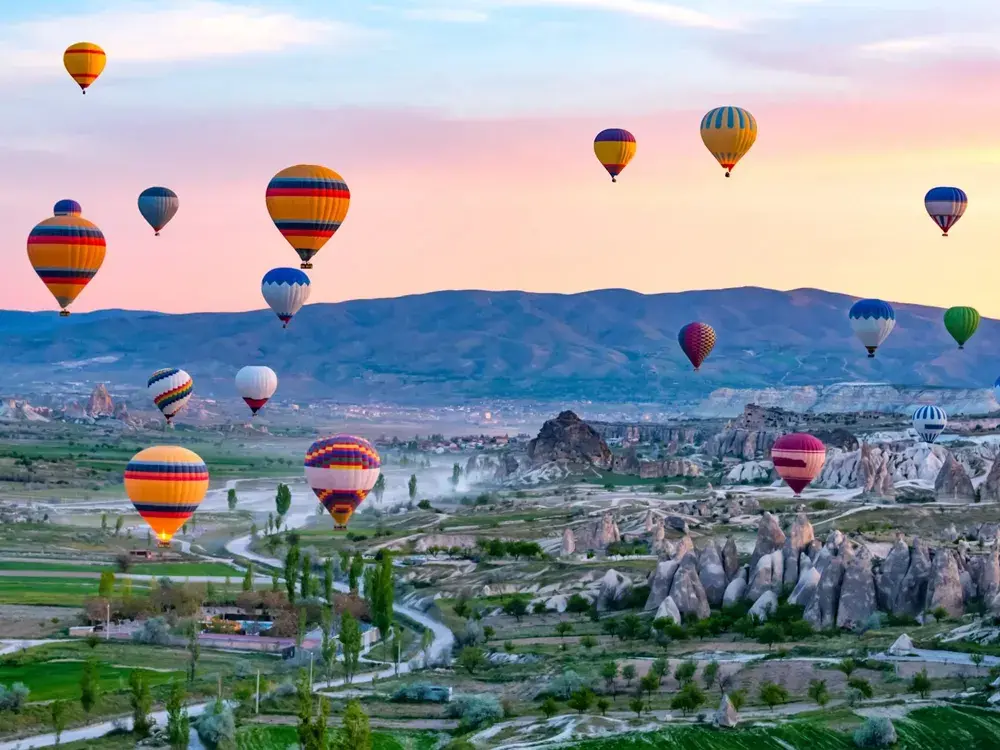
.webp)




